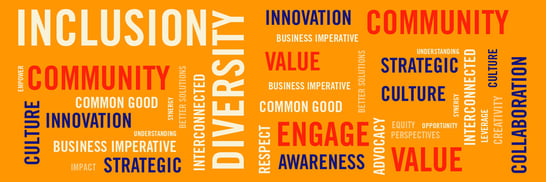 Meet FNU's New Chief Diversity and Inclusion Officer Dr. Maria Valentin-Welch, DNP, MPH, CDP, CNM, FACNM.
Meet FNU's New Chief Diversity and Inclusion Officer Dr. Maria Valentin-Welch, DNP, MPH, CDP, CNM, FACNM.
Frontier Nursing University (FNU) is seeing yet another one of its diversity initiatives realized through Dr. Maria Valentin-Welch in her new role as Chief Diversity and Inclusion Officer. Maria’s new position, which she assumed on October 1, 2017, is designed to guide the institution on matters of equity, diversity and inclusion.
Dr. Valentin-Welch has over 30 years of teaching experience, including her role at Frontier as an assistant professor since 2013. Through extensive work with marginalized and underserved populations, Maria has garnered several awards and accolades. She completed her Doctor of Nursing Practice (DNP) at FNU in 2015. Her DNP capstone project was a national online tutorial pilot program for ethnically diverse student nurse-midwives.
Frontier spoke with Maria about her passion for diversity and inclusion, how she will strategize those initiatives at FNU, and the challenges she expects to face in her inaugural post as CDIO.
What has been your career path so far and how has it led you to your current role as Chief Diversity and Inclusion Officer?
“A medical encounter shaped my understanding of the need for diversity in the medical world. There was a man that was restrained; he was trying to pull his IV because he was trying to get to his true hospital. I advocated for this man, explained the situation…I was told, ‘Well, we don’t have a translator, so we didn’t understand him,’ which was unacceptable. We found a translator, and the man proceeded to have his IV removed and was transferred to the hospital where he belonged. This experience really taught me how to be a voice for the voiceless, and to be an advocate for those who need advocacy.”
How has your professional background influenced your passion for diversity and inclusion?
“While working with homeless pregnant women, I felt like I wanted to do more with my hands, and that was my inspiration, my calling, into nurse-midwifery. Also my love for education has influenced my passion for diversity and inclusion. I have always been a teacher in my heart. I have taught and precepted many students…teaching is in my blood.
Another changing encountered occurred during my first visit at Frontier. In 2012 I came to Frontier’s Diversity Impact Weekend for the Pride Program as a keynote speaker, and there I not only fell in love with Frontier, but I also fell in love with the students who encouraged me to go back to school and go back to teaching. Now, I am an alumni of Frontier; I went to their doctorate program, and my capstone project was on tutoring and mentoring students of color. So, all of this was instrumental in bringing me to this point in my life.”
Learn more about Maria’s journey to Chief Diversity and Inclusion Officer in this video.
Where did your passion for diversity and inclusion begin?
“My passion for diversity and inclusion began really by being raised in New York City. It was a wonderful, diverse area to be brought up in, and it taught me that we are more alike than we are different. Another encounter in my life that really brought passion of diversity in my life was being moved from New York to Boston, Massachusetts in the seventies during the busing times. A historical era with a lot of racism and hatred in Massachusetts which has definitely improved since. However, that time period was really sad and showed me how ugly division can be.
A school incident took place that taught me that I am neither white, nor black, nor ‘other.’ I am Maria, and no one can label me. I am myself and that goes for every single person; we are all each personally unique and individual.”
Learn more about Maria’s passion for diversity and inclusion in this video.
How do you define diversity and inclusion at Frontier Nursing University?
“When our differences come together in a respectful and appreciative way for what each of us bring to the table, that’s when we reach diversity and inclusion. Diversity and inclusion in a nutshell is the power of unity, and FNU will be more powerful for including it in its strategic plan.
Diversity is like a beautiful tapestry made up of each and every one of us. We are all different in so many ways, beautiful ways. However, when our differences are united in a positive way, we create a powerful, enhanced atmosphere that otherwise would be lacking due to missing parts. So, diversity and inclusion is the glue of unity.”
Learn more about how Maria defines diversity and inclusion in this video.
What are you most excited about with your new position?
“I am most excited about the programs I hope to establish for students. Initially, these programs that I’ll be implementing will be pilot programs for our nurse workforce diversity grant students. We’ll work out the kinks and basically expand them to all students.
I’m also excited about bringing diversity to the forefront of Frontier. Our Community of Inquiry model will be stronger for it.”
What strategies do you feel will have the most positive impact on the FNU community?
“The strategies that I feel will have the most positive impact on Frontier are building these excellent student services, as well as diversity and inclusion training strategies and tactics to enhance our courses by threading diversity and inclusion issues along the way. We want to thread the subject matter even further throughout the curriculum. We will be stronger individually and as a whole because of the introductions of these plans.”
Learn more about Maria’s planned strategies as CDIO in this video.
What are the biggest challenges that you will face in your new role?
“Uniting folks while our nation is receiving messages of division and promoting actions of division and lack of compassion – to me, that will be my biggest challenge. However, I feel midwifery and nursing have always held an important role in not only listening to people, but also advocating for what is right. Frontier is better and stronger than the division being promoted across the nation.”
Learn more about the challenges Maria anticipates in her new role in this video.
What is a fun fact about you?
“My intersectionality is a fun fact. What is intersectionality? Intersectionality is a diversity term that basically explains that an individual has many hats that they bring to the table, not just what you see in front of you. So I’m not just a latina, female professor of a certain age. I’m also a mother, a wife, grandmother, and – here’s the fun fact – I’m even a great-grandmother of three great-grandchildren!”
Learn more about Maria in this video.


 Hyden, KY --
Hyden, KY --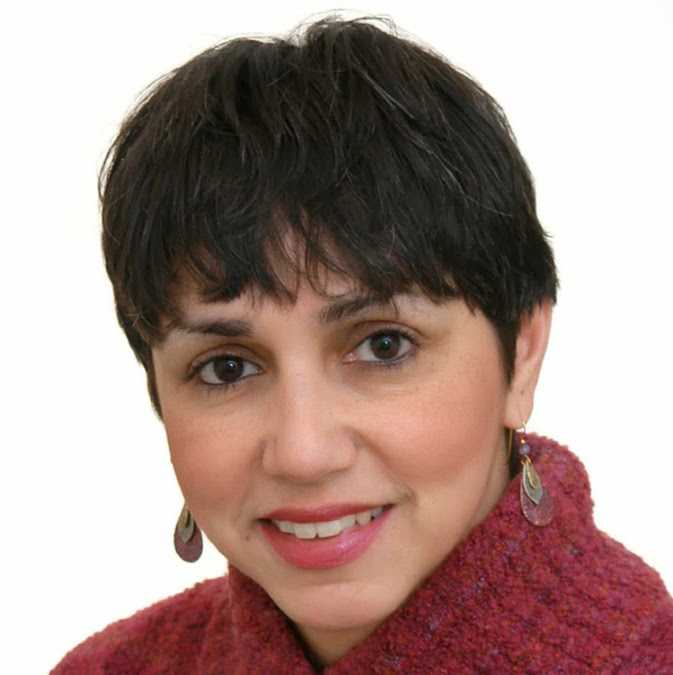 FNU’s chief diversity and inclusion officer (CDIO) will lead the development of a vision and strategy that champions the importance of a diverse and inclusive environment that values and supports all members of the University community. The addition of the CDIO position is the most recent of a number of diversity initiatives implemented as part of FNU’s strategic plan to heighten the focus on diversity and inclusion for all faculty, staff and students. The CDIO will serve on the executive team along with the president, dean, chief operations officer and the executive vice president for finance and facilities.
FNU’s chief diversity and inclusion officer (CDIO) will lead the development of a vision and strategy that champions the importance of a diverse and inclusive environment that values and supports all members of the University community. The addition of the CDIO position is the most recent of a number of diversity initiatives implemented as part of FNU’s strategic plan to heighten the focus on diversity and inclusion for all faculty, staff and students. The CDIO will serve on the executive team along with the president, dean, chief operations officer and the executive vice president for finance and facilities.

 Hyden, KY --
Hyden, KY -- 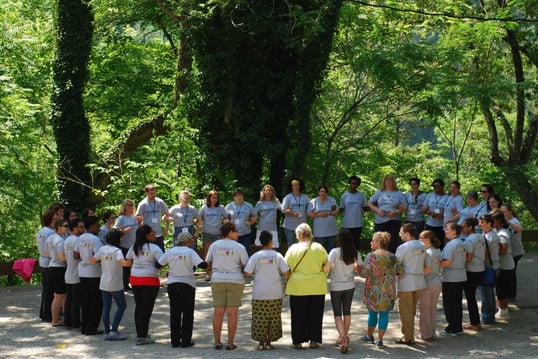

 Frontier Nursing University conference discusses healthcare diversity
Frontier Nursing University conference discusses healthcare diversity Unique challenges encompass the delivery of quality healthcare in the entire world as a whole. People of all ages are terminally ill -- with approximately half the American population fighting hypertension, diabetes, cardiovascular diseases, arthritis and mental related illness.
Unique challenges encompass the delivery of quality healthcare in the entire world as a whole. People of all ages are terminally ill -- with approximately half the American population fighting hypertension, diabetes, cardiovascular diseases, arthritis and mental related illness.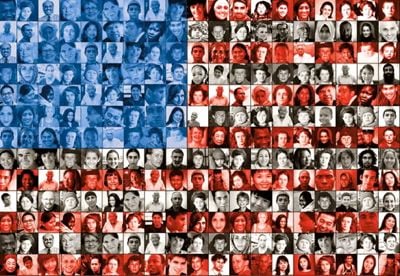 How can you properly care for a patient if you don’t understand their personal needs? Communication is key. Making a patient comfortable goes far beyond providing warm blankets. It is about the patient trusting you and knowing you have things in common that show them you understand how they feel and what they need.
How can you properly care for a patient if you don’t understand their personal needs? Communication is key. Making a patient comfortable goes far beyond providing warm blankets. It is about the patient trusting you and knowing you have things in common that show them you understand how they feel and what they need. 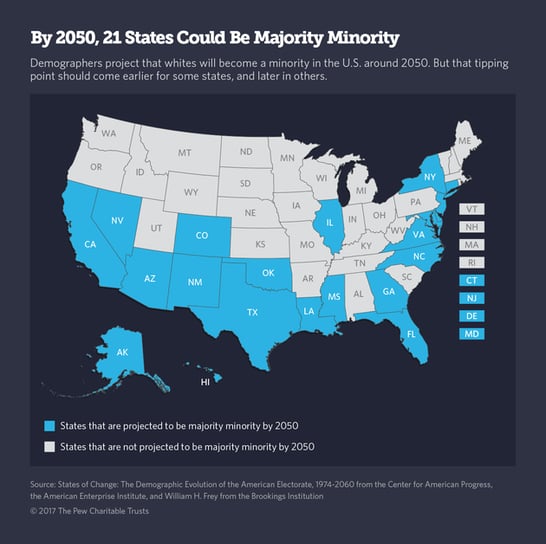
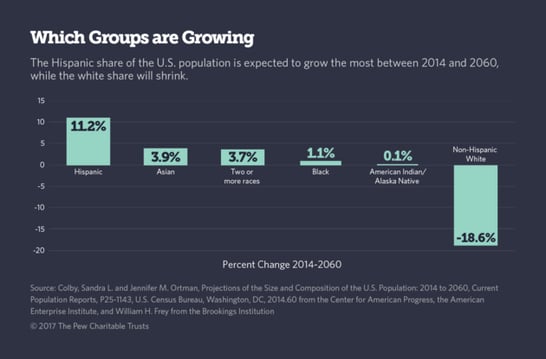

 Recruiting these days is getting more and more difficult, particularly when hiring Nurses. We’re featuring this article because of its creative approach to thinking outside the box. Perhaps it’s time to change your message, how and where you target that message, and maybe even the position requirements.
Recruiting these days is getting more and more difficult, particularly when hiring Nurses. We’re featuring this article because of its creative approach to thinking outside the box. Perhaps it’s time to change your message, how and where you target that message, and maybe even the position requirements.
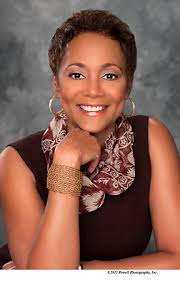 DiversityNursing.com would like to share this article with you. It features an interview with
DiversityNursing.com would like to share this article with you. It features an interview with 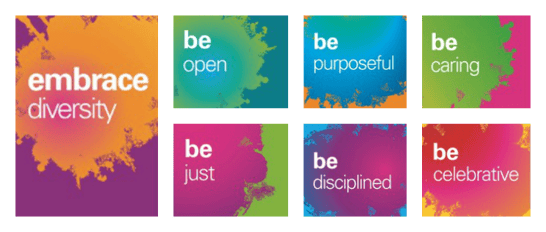 Chief Diversity Officers can make a hospital a more welcoming place for employees and the patient's they serve. It takes many steps for a CDO to make that possible. Continue reading to learn more about how CDO's can help your healthcare organization.
Chief Diversity Officers can make a hospital a more welcoming place for employees and the patient's they serve. It takes many steps for a CDO to make that possible. Continue reading to learn more about how CDO's can help your healthcare organization. 

